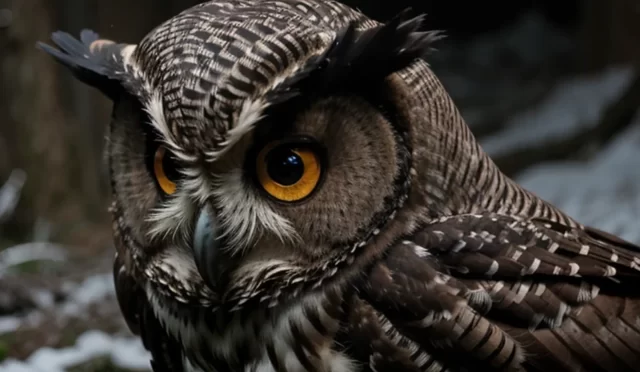Imagine a creature spinning intricate webs, decorated with shiny dewdrops, glistening in the morning sun. This is the European garden spider (Araneus Diadematus), a fascinating resident of our gardens and fields. Join us as we explore the fascinating world, biology, behavior and ecological significance of this eight-legged friend.
Physical Description and Identification
The European garden spider, scientifically known as Araneus diadematus, is a medium-sized spider with a body length of females generally around 15-25 mm, while males are smaller and reach around 7-10 mm. Their bodies are adorned with a distinctive yellow cross-shaped pattern on the abdomen, which is the most distinctive feature for identification. The legs are usually brown or black and have band patterns.
Habitat and Distribution
Preferred Environments
European garden spiders prefer open habitats with abundant vegetation, such as gardens, parks and meadows, where they can easily capture prey.
Geographic Range
Although the European garden spider is found primarily in Europe, it has also established populations in North America, possibly through human activities. These spiders are easily adaptable creatures and can survive in a variety of climates, making them a common sight that can be seen in both rural and urban areas.
Hunting Strategies
European garden spiders are ambush predators, patiently waiting for their prey to become tangled in the middle of their webs. When an insect is caught in the trap, the spider quickly wraps it in silk and injects poison to liquefy its internal organs.
Life Cycle and Reproduction
Mating and Egg-Laying
European garden spiders exhibit sexual dimorphism; that is, females are significantly larger than males. Mating usually occurs in late summer or early autumn. The female spider puts her eggs in a silk pouch and hangs them in a protected place. Sometimes, right after mating, the female spider eats the male spider.
A female European Garden Spider eating its mate after mating; (Pristurus, CC BY-SA 3.0)
Development and Growth
The eggs hatch in the spring and the baby spiders disperse to establish their own territories. They go through various molt stages before reaching adulthood, which takes about a year.
The European Garden Spider and Humans
Benefits in the Garden
European garden spiders play a beneficial role in maintaining a healthy garden ecosystem. By hunting insects, they help control pest populations that can damage plants and crops. Their presence is a sign of a thriving and diverse garden environment.
Are European Garden Spiders Venomous?
Yes, European garden spiders, like most spiders, are indeed poisonous. They use their venom to subdue and immobilize their prey, especially insects caught in their webs. However, their poison is not considered dangerous to humans.
Mild Poison and Rare Bites
European garden spiders are not aggressive towards humans and only bite when they feel threatened or accidentally get stuck in the skin.
The venom of the European garden spider is relatively mild and typically causes only minor local reactions in humans, such as mild pain, redness, and swelling around the bite site. These symptoms are often comparable to a bee sting and subside within a few days. If you think you have severe symptoms, you should consult your doctor immediately.






